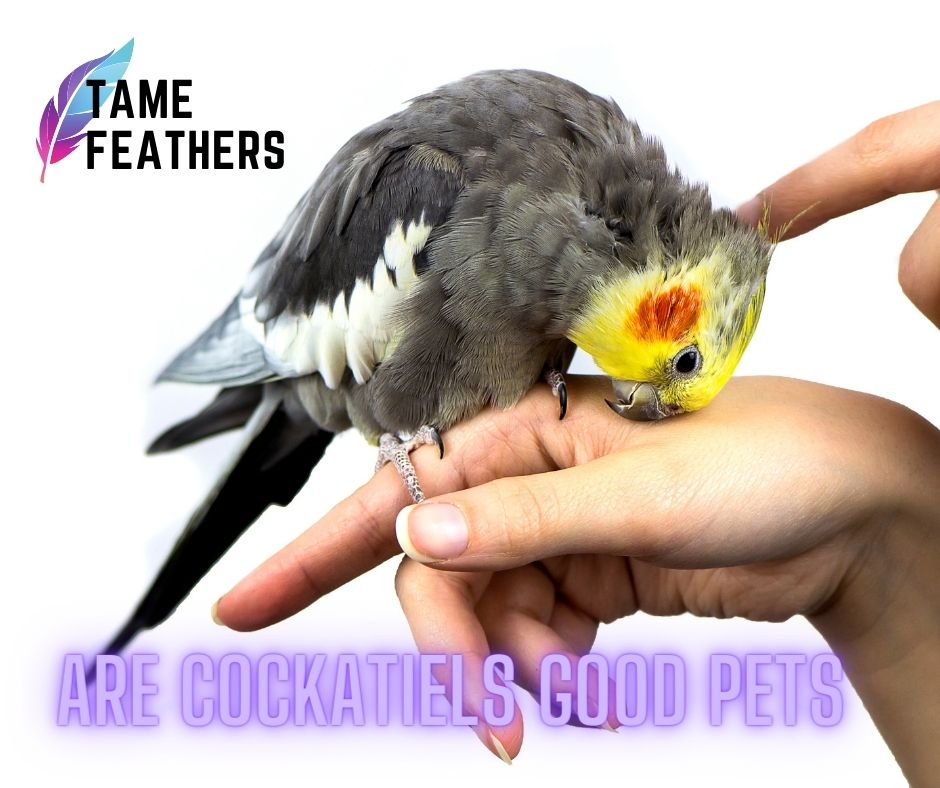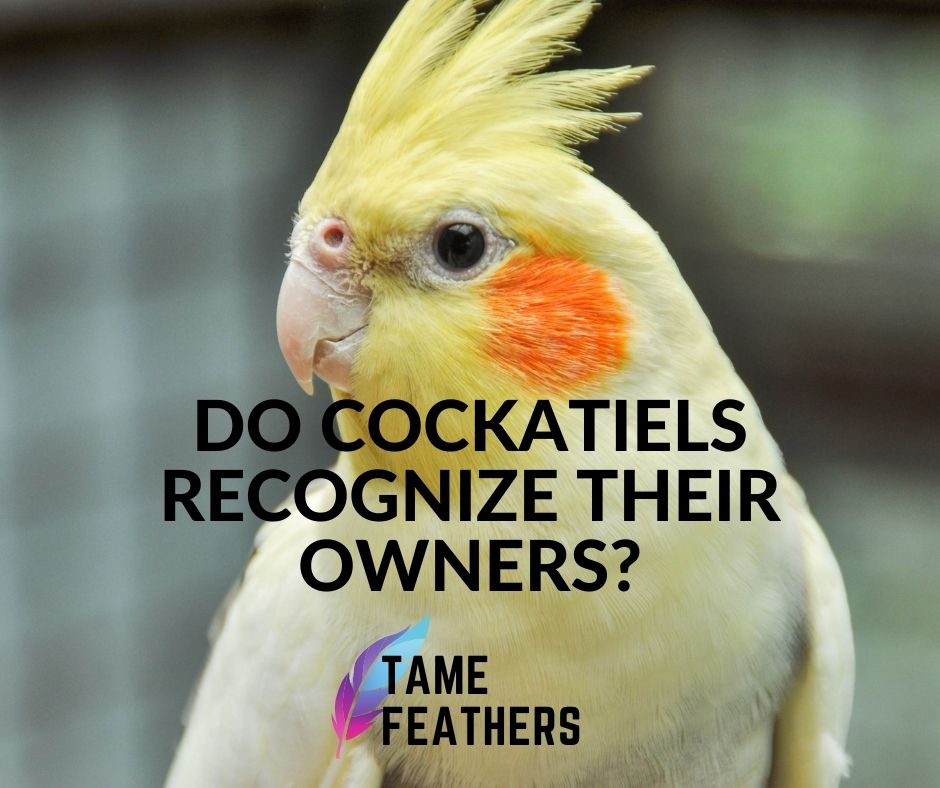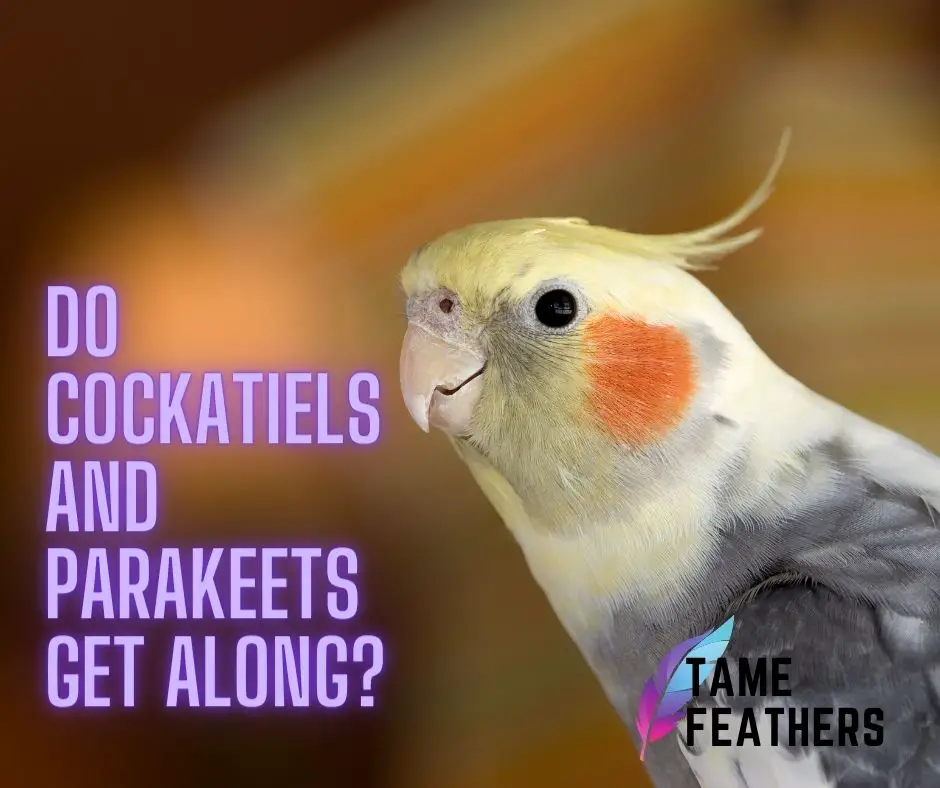Having a pet can be an incredible experience, but it can also bring its own set of challenges. When I recently got a cockatiel, I was excited to see it actively vocalize.
Instead, my pet seemed content to remain mostly silent. I found myself wondering what I could do to help my new feathered friend come out of its shell.
I soon learned that there are a few key steps that I can take to encourage vocalization in my pet.
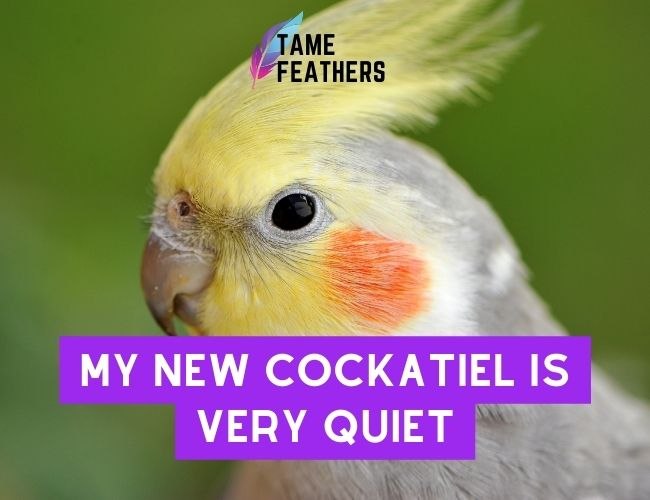
- Embracing the Silence: My New Cockatiel's Quiescence
- Unravelling the Mystery of My Pet's Quietness
- From Silence to Song: Helping My Cockatiel Come Out of Its Shell
- Exploring Possible Reasons for My Pet's Lack of Vocalization
- Unlocking the Potential: Spurring My Cockatiel to Speak
- Discovering What Works Best: The Right Environment for My Pet
- Reaching Out for Help: When to Seek Professional Assistance
- Conclusion
Embracing the Silence: My New Cockatiel’s Quiescence
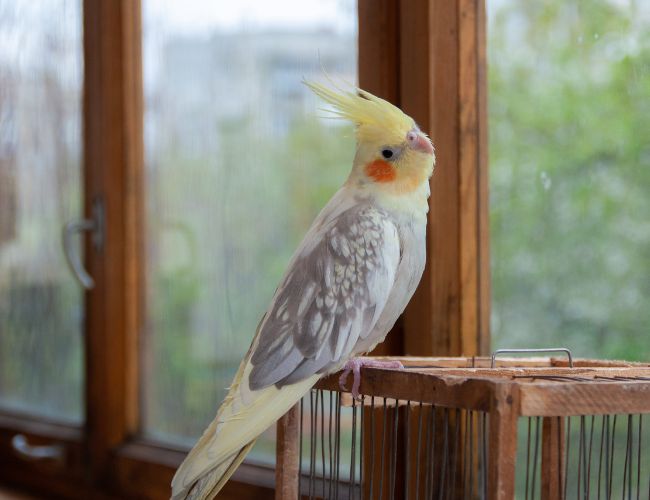
When I got my new cockatiel, I was expecting to be surrounded by a chorus of cheerful chirps and tweets. Instead, my new pet seemed content to remain mostly silent.
At first, this silence was peaceful and serene. But as time went on, I began to worry that something was wrong.
I soon realized that I had to accept the fact that my pet might not ever be the most vocal bird around. I needed to embrace the silence and understand that it was an important part of my pet’s personality.
Unravelling the Mystery of My Pet’s Quietness
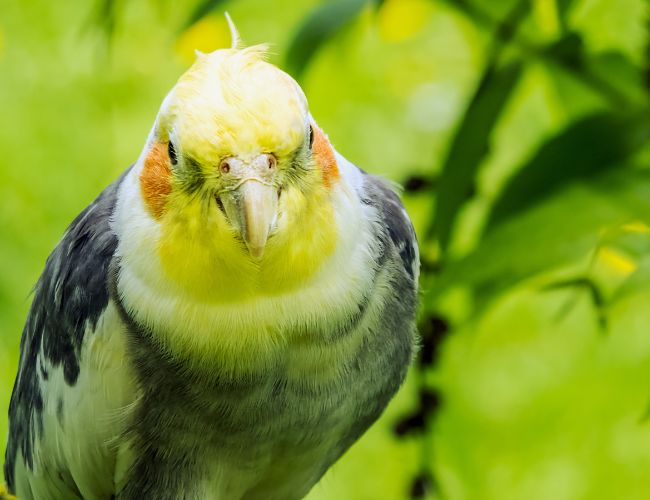
Understanding why my pet was so quiet was the key to helping it come out of its shell. After doing some research, I began to uncover the potential reasons why my pet was so quiet.
I learned that cockatiels can be naturally quiet, but they can also be shy or scared.
I also realized that the environment my pet was in could be the cause of its silence. A lack of stimulation or an unfamiliar setting can cause a cockatiel to be quiet.
I decided to take a closer look at my pet’s environment to see if I could identify any potential issues.
From Silence to Song: Helping My Cockatiel Come Out of Its Shell
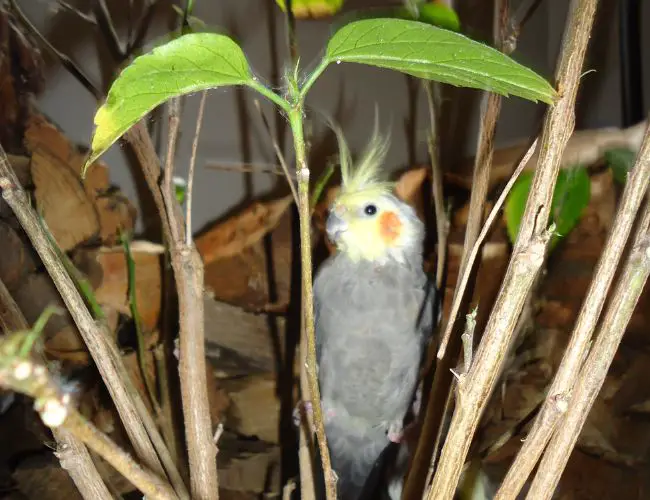
Once I had identified the possible reasons for my pet’s silence, I was ready to take action. I decided to make some changes to my pet’s environment and create a more inviting atmosphere.
I started by adding more toys and perches to its cage and providing plenty of fresh water and food.
I also made sure to spend quality time with my pet every day. I talked to it, sang to it, and even played some soft music.
I wanted to create a comfortable and stimulating environment that would encourage my pet to vocalize.
Exploring Possible Reasons for My Pet’s Lack of Vocalization
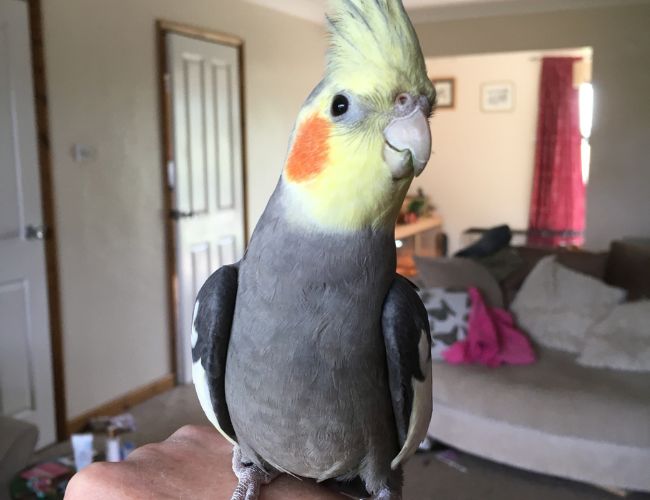
I also wanted to take a closer look at the potential reasons why my pet wasn’t vocalizing.
I assessed its diet and activity level to make sure it had enough energy to vocalize. I also made sure that it was getting enough rest and that it wasn’t feeling stressed out.
I looked at its age as well, as young cockatiels are less likely to vocalize. I also considered its breed, as some cockatiel varieties are known to be quieter than others.
I made sure to rule out any potential health issues that could be causing my pet’s silence.
Unlocking the Potential: Spurring My Cockatiel to Speak
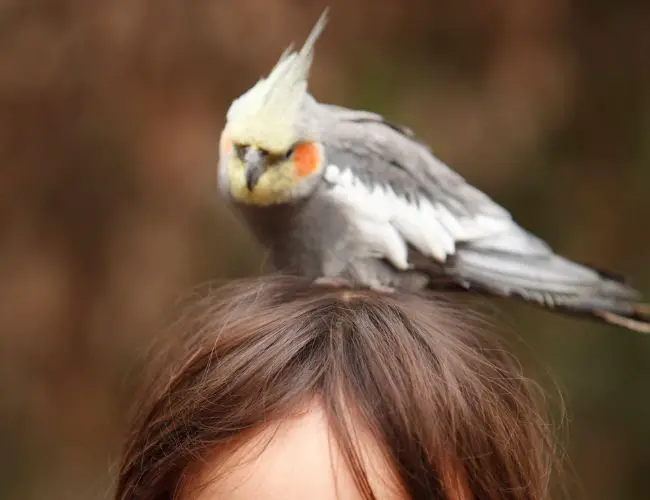
Once I had taken all of these steps, I was ready to start encouraging my pet to vocalize. I began by offering it treats whenever it made any sounds.
I also made sure to reward it with extra attention and affection when it vocalized.
I also made sure to surround my pet with other birds. This not only provided it with social interaction, but it also encouraged it to vocalize.
I was amazed to see how my pet’s vocalizations began to increase the more time it spent around its feathered friends.
Discovering What Works Best: The Right Environment for My Pet
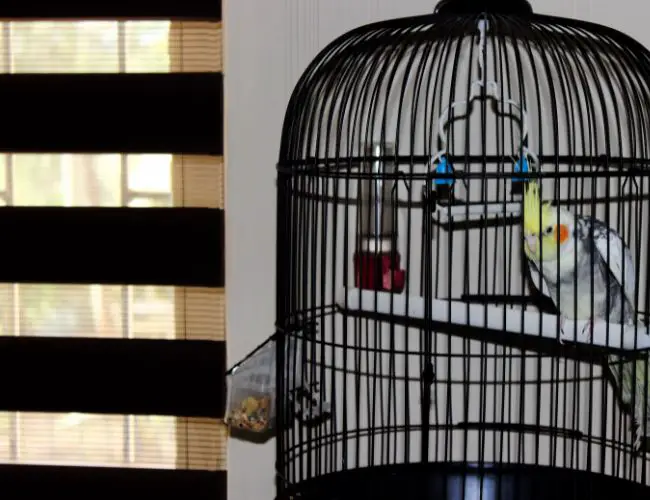
I also learned that the key to encouraging vocalization in my pet was to create the right environment. I made sure to keep its cage clean and comfortable, and I provided it with plenty of toys and activities.
I also tried to spend as much time as possible with my pet, talking to it and singing to it.
I also made sure to provide my pet with plenty of stimulation. I played music, offered it treats, and surrounded it with other birds. I was amazed to see how my pet’s vocalizations increased the more I interacted with it.
Reaching Out for Help: When to Seek Professional Assistance

If you find that none of the steps above are helping to encourage vocalization in your pet, it may be time to seek professional help.
A certified avian veterinarian or bird behavior specialist can provide you with expert advice and can help you identify any potential issues that could be causing your pet’s silence.
In some cases, medication or other treatments may be necessary to help your pet become more vocal.
Professional help can also provide you with guidance on how to create the best environment for your pet and how to encourage vocalization.
Conclusion
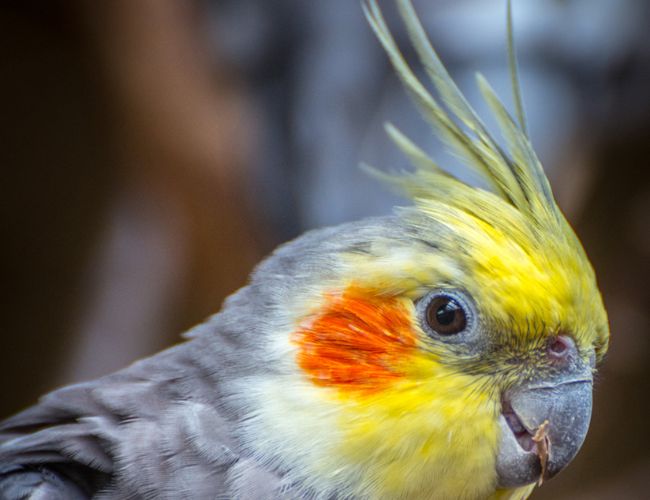
Although my new cockatiel was initially very quiet, I soon learned that there are a few steps that I can take to encourage vocalization in my pet.
By embracing the silence, understanding the potential causes of my pet’s quietness, and creating the right environment, I was able to spur my pet to speak. In some cases, professional help may be necessary to help your pet become more vocal.
With the right care and attention, you can help your pet come out of its shell and start vocalizing.


